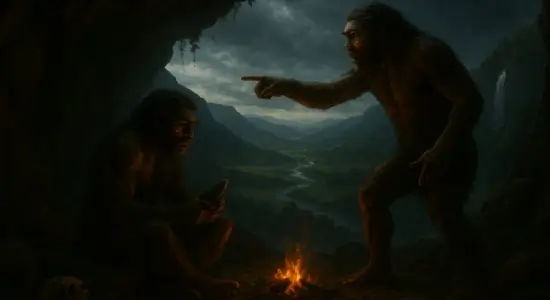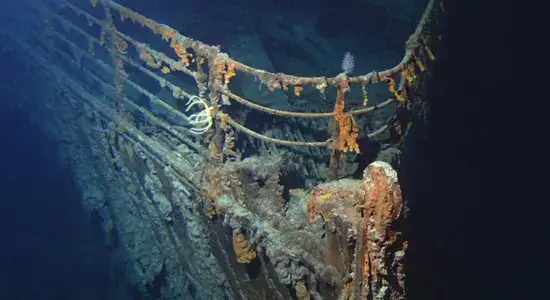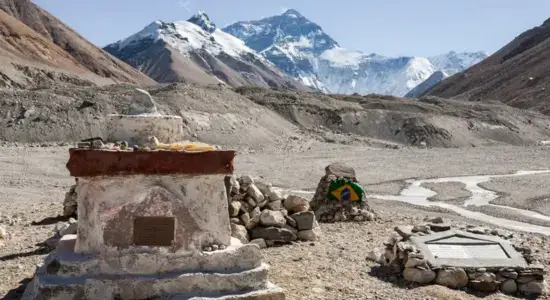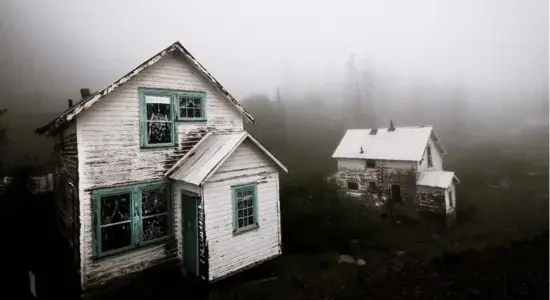The year 536 CE marks the beginning of what could be considered one of the darkest and most miserable periods in human history. It was a year that changed the course of civilization, as catastrophic events swept across the globe, plunging societies into economic and social turmoil. Little did the people living in that time know, they were about to experience a crisis that would last for several decades.
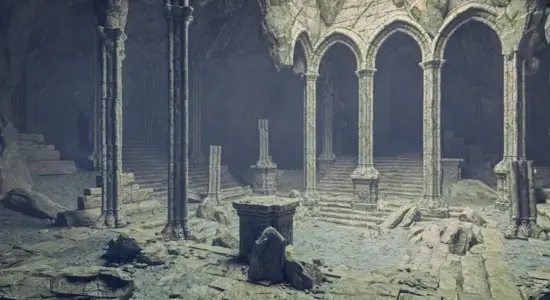 “After the notorious year of 536 CE, numerous great civilizations experienced significant hardships.” Image credit: IG Digital Arts/Shutterstock.com
“After the notorious year of 536 CE, numerous great civilizations experienced significant hardships.” Image credit: IG Digital Arts/Shutterstock.com
A Mysterious Darkness Descends
It all began with an event that would puzzle historians and scientists for centuries—the sudden onset of a mysterious and persistent fog. For months, much of Europe, the Middle East, and parts of Asia were enveloped by a dense, grey mist that blocked out sunlight. This ominous phenomenon caused temperatures to drop, leading to what is now known as the “Late Antique Little Ice Age”.
The dark skies lasted for over a year, with some accounts describing the sun as appearing as a dim, red orb. Crops failed, famine set in, and people in the Northern Hemisphere were left struggling to survive through the long, dark months. The cooling effect was felt across large parts of Europe, resulting in harvest failures and a collapse in the agricultural economy.
The Cause of the Darkness
The cause of this strange phenomenon was traced back to a massive volcanic eruption. It is believed that a volcano somewhere in the Tropics, possibly Iceland or Indonesia, erupted in 536 CE, releasing an enormous amount of ash and sulfur dioxide into the atmosphere. This cloud of volcanic debris effectively blocked out the sun’s rays, causing global temperatures to plummet and initiating the prolonged period of darkness.
Scientists have now confirmed that this eruption was one of the most significant volcanic events in recorded history, and it triggered a series of environmental disasters that affected people all over the world. It was a period when the earth’s climate was at its most unstable, leading to widespread crop failures, famines, and the collapse of many civilizations.
The Plague of 541 CE
As if the darkness and cold weren’t enough, the Plague of Justinian arrived just a few years later, in 541 CE. This deadly outbreak, which is believed to have been caused by Yersinia pestis (the bacterium responsible for the Black Death), spread rapidly through the Eastern Roman Empire and beyond, devastating populations. The plague wiped out half the population of the Mediterranean world, adding even more suffering and misery to an already desperate time.
The plague and the environmental effects combined, creating a world of turmoil where the future seemed uncertain. In fact, historians refer to this period as one of economic stagnation, with the decline in trade and agricultural productivity causing civilizations to falter.
The Long-Term Impact
The crisis that began in 536 CE didn’t end after a year or two. The effects lingered for decades, leading to political instability, economic collapse, and a loss of confidence in human institutions. The world’s population dwindled, with many areas experiencing population declines that took centuries to recover from.
However, some historians argue that the aftermath of this period also set the stage for the development of the Medieval period. The collapse of the Roman Empire and the resulting power vacuum may have led to the rise of new powers and states in the centuries that followed, even if it came at the cost of human suffering and hardship.
The End of the Dark Age
The period of the “Dark Ages” didn’t last forever. Eventually, the world began to recover, with the climate slowly stabilizing and civilizations re-establishing themselves. By the time the 8th century rolled around, societies had started to rebuild their infrastructure, and trade routes began to open up once more. But the scars left by the year 536 CE remained deeply imprinted on the collective memory of humanity.
Did you know? : that the volcanic eruption in 536 CE is considered to be one of the most severe volcanic events in history? It not only affected the weather but also caused significant economic collapse and political upheaval. Some historians believe it played a role in the decline of the Roman Empire.
Want to explore more incredible events from history that shaped the world? Subscribe to our newsletter and stay updated on the fascinating stories that have shaped human civilization!
ref: IFLScience



